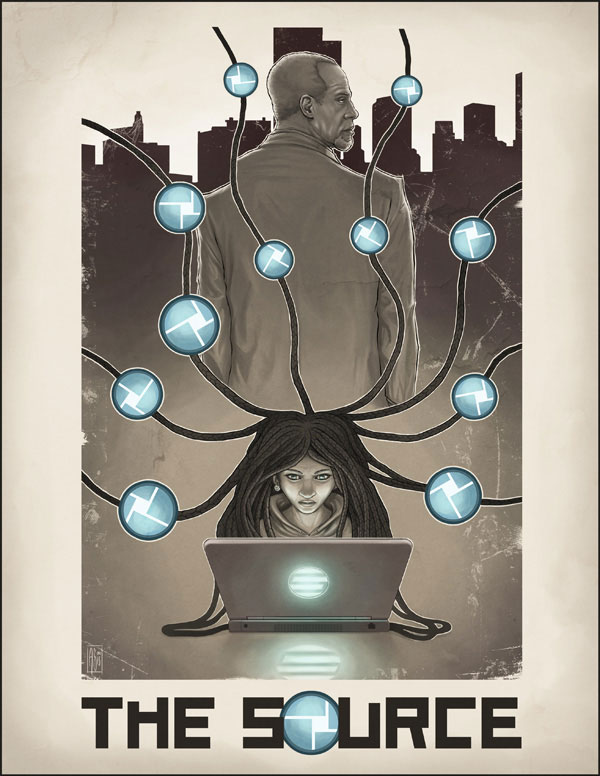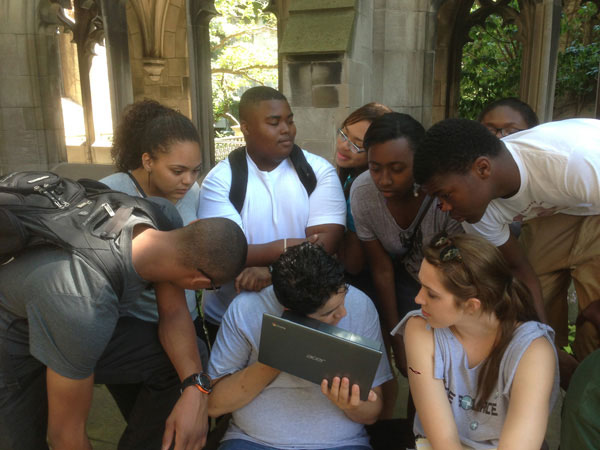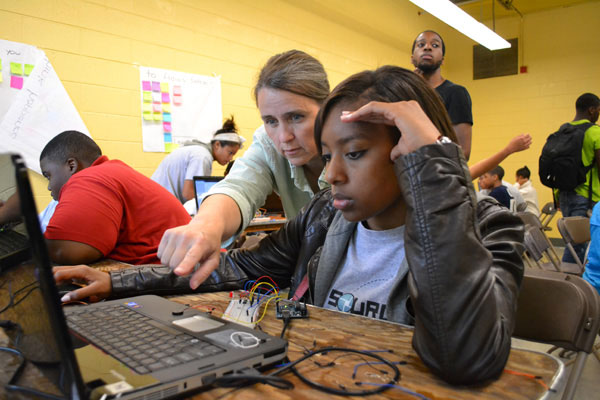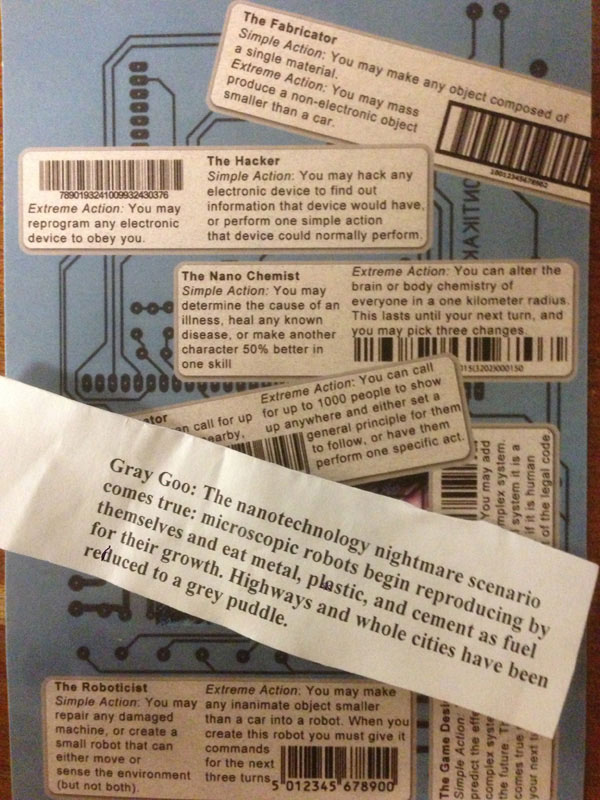The Source
alternate reality game
summer 2013
Directed with: Melissa Gilliam
Created with: Game Changer Chicago Design Lab
Support: John D. and Catherine T. MacArthur Foundation, Neubauer Family Collegium for Culture and Society, National Science Foundation, and Hive Fund for Connected Learning
The Source was an alternate reality game created to guide high school youth through a STEM (Science, Technology, Engineering, and Math) curriculum and to introduce them to social justice issues and civic engagement opportunities. The game was played by over 140 Chicago-area youth, ages 13–18, from July 8 to August 16, 2013. The game unfolded at the University of Chicago, in conjunction with the Chicago Summer of Learning.
The story of The Source focuses on Adia, a 17-year-old African American girl living in Chicago. The core narrative is communicated through a series of webisodes in which Adia speaks from her webcam to the players of the game. One day Adia stumbles across a letter from her father who left home twelve years ago and has not been seen since. The letter reveals an elaborate game created by Adia’s father to teach her various things that he was not able to share with her in their years apart. Adia is desperate to complete the game but feels that her mother is overburdening her with extracurricular activities, keeping her from being able to do so. Though Adia is unable to leave her house after she gets home from school, she begins to crowdsource the game to the 140 players, so she can find some answers and, hopefully, her father.
The Source was composed of five major ludic episodes that involve investigatory tasks, code-breaking challenges, STEM-based puzzles, board games, and media production opportunities. Participants joined ten-player teams to help Adia to reach out to other communities to solve problems and to compete against each other for an ultimate prize. The story of The Source was conveyed through transmedia means, including webisodes, tweets, Facebook posts, text messages, and voicemails. Along with STEM content, the game explored issues including sustainability, health policy, bullying, immigration, and homophobia.
The game was covered in several publications, including Pacific Standard.
A multimedia timeline of The Source.
A video of youth playing a board game that was a part of The Source.



